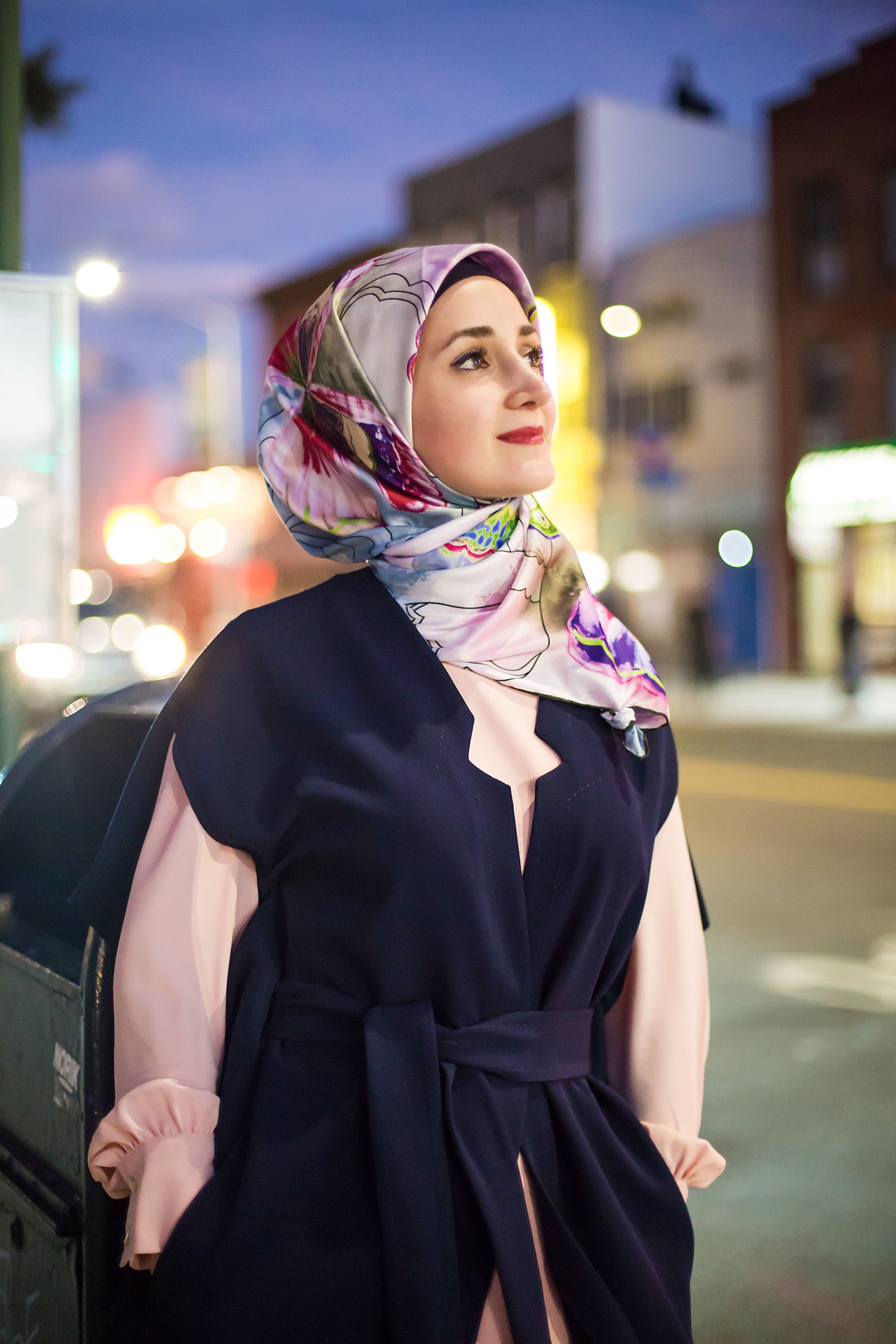“When you look at my series,” said photographer Carlos Khalil Guzman, “the stereotype that Muslims can be identified based on appearance becomes null.”
Guzman’s statement is borne out by “Muslims of America,” a photo series portraying everyday subjects as diverse and modern US citizens. The images depict college students, mental health counselors and activists, in places from Illinois to Kentucky and Louisiana.
Muslims of america portraits
The photographer and activist hopes that his ambitious project can help tackle stereotypes of Muslims in the United States today. Featuring people of various different ethnicities, ages, backgrounds and branches of Islam, the series comprises 73 portraits from 26 US states. Guzman’s goal is to take 114 portraits across all 50 states, symbolizing the 114 chapters of the Quran.
“Muslim Americans come in all shapes and colors,” he said in an email interview. “We are diverse, not only ethnically but culturally, professionally (and) linguistically.”
Capturing diversity
The photo series comes amid growing anti-Muslim sentiment in the country. A study published by the Council on American-Islamic Relations (CAIR) in April reported 300 recorded cases of hate crimes against Muslims in 2017, a rise of 15 percent on the previous year.
The group also found a marked increase in “anti-Muslim bias,” directly attributing 18% of such incidents to the Trump administration’s travel ban, which restricted entry to the US from seven Muslim-majority countries.
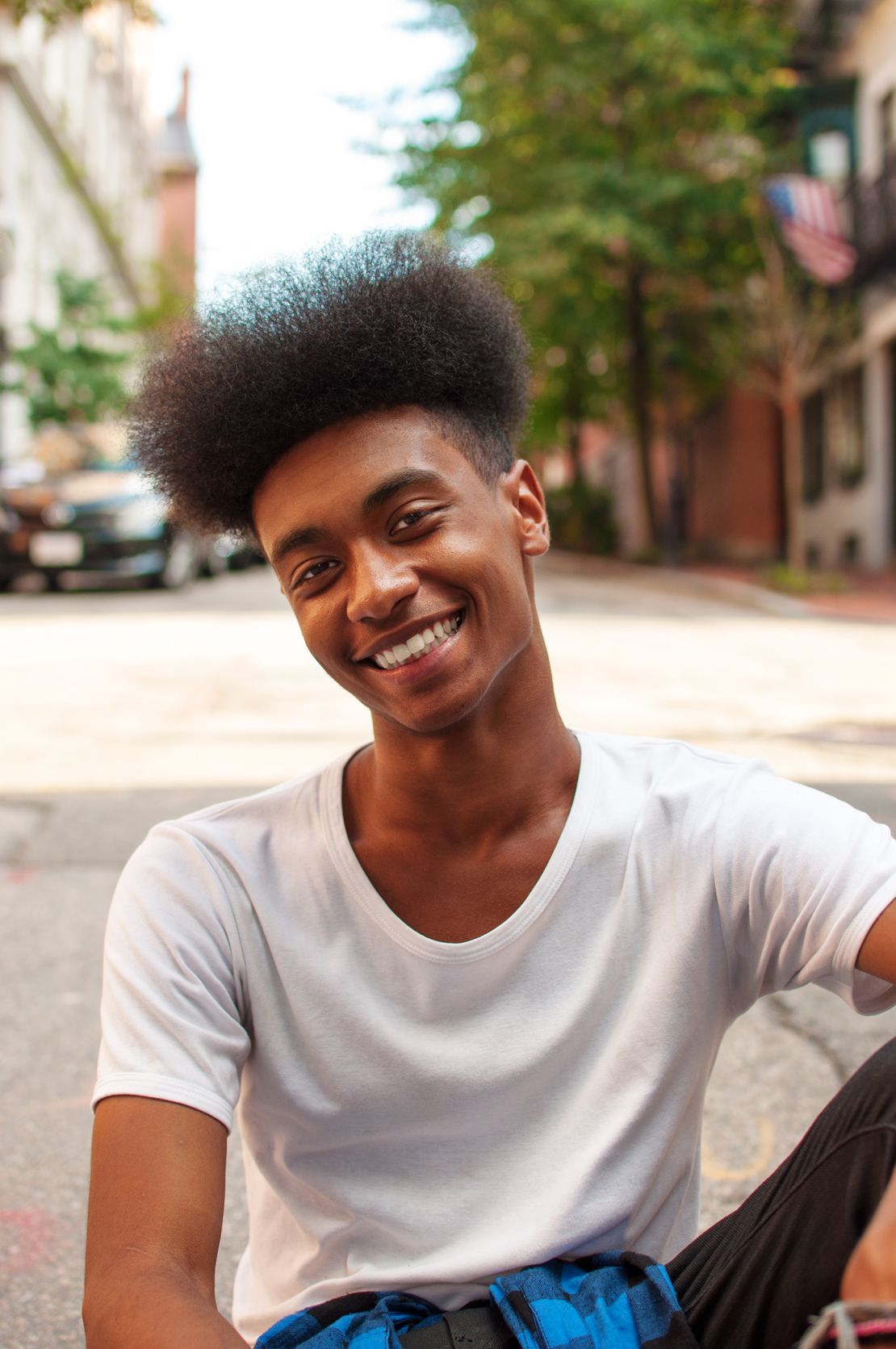
“Islam continues to be associated with terrorism,” said Guzman, explaining why he embarked on the project. “It is the scapegoat used by politicians, white supremacists and some media outlets to falsely claim that Muslims support acts of violence and the erosion of democracy.
“The series, as a whole, is a microcosm that reflects the macrocosm of diversity that exists all across the country,” he added. “I wanted to show that the US is not – and has never been – a white nation. Rather it is colonized indigenous land where a variety of cultures coexist.”
An activist for human and animal rights since his teens, 29-year-old Guzman said that his portraits often depict those who don’t conform to stereotypical notions of Muslim conservatism – such as people with tattoos and women without headscarves.
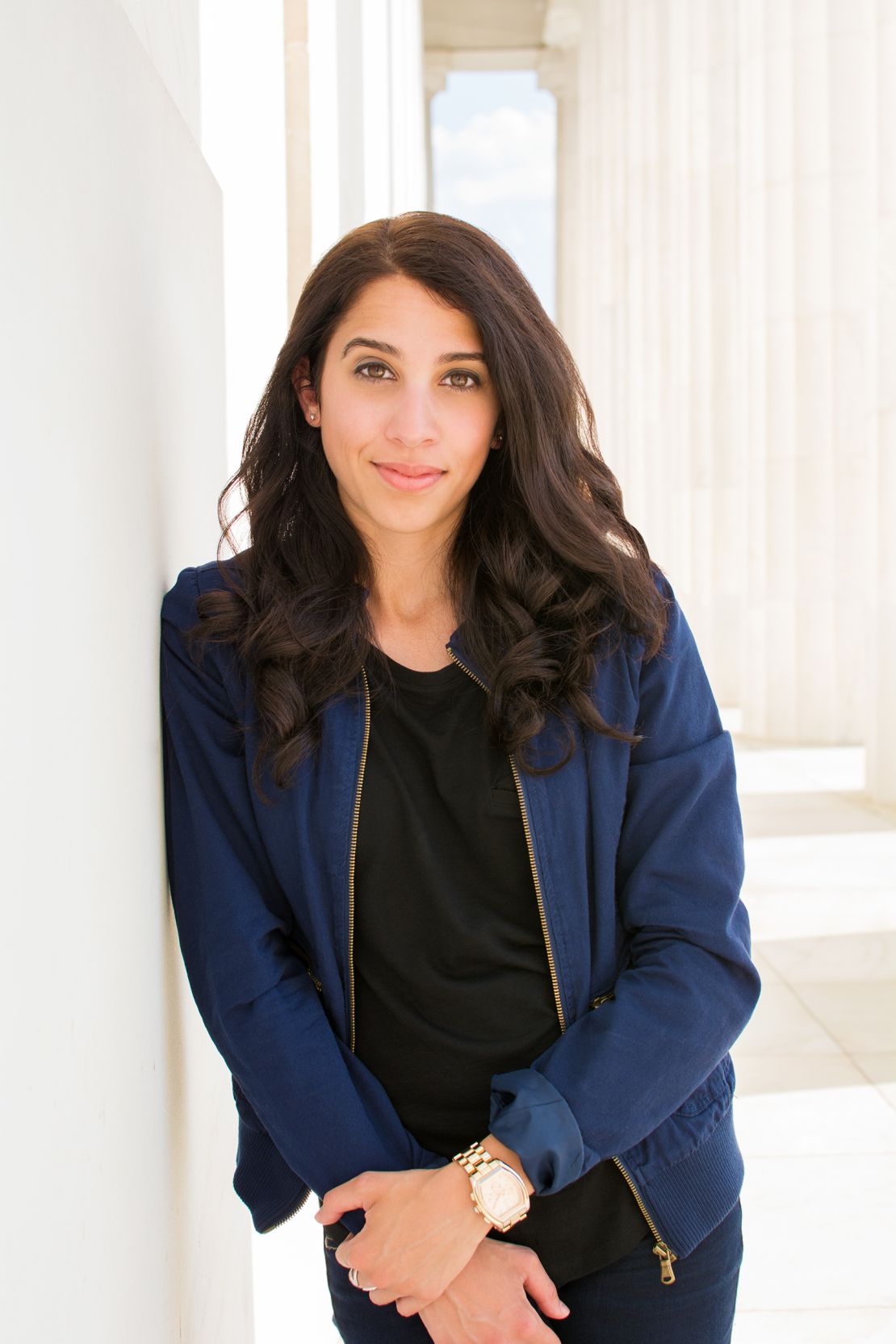
“I always make an effort to photograph folks that you wouldn’t normally think are Muslim just by looking at them,” he said. “I also try to get Muslim Americans from underrepresented groups, such as ‘reverts’ (converts), mixed ancestry folks, queer folks, refugees and everything in between.”
Guzman’s series predominantly focuses on women, who he says are more often the target of hatred and misunderstanding.
“Muslim women are the most affected victims of Islamophobic attacks, both verbal and physical, because a large number of them wear the hijab which makes them easy targets,” he added.
Often overlooked
The project began with Guzman photographing friends and acquaintances. Aside from some initial help from a non-profit organization, it has been largely self-funded. But recent media coverage has helped attract further interest, with Muslims from around the country now volunteering to be photographed.
“I started receiving emails and messages on social media from folks across the country wanting to be in (the project),” Guzman said. “That really helped me find people in states where I was having difficulty finding them.
“Other times, I email Muslim Americans who I know are doing great work in their communities and ask them if they’d like to be in it,” he added.
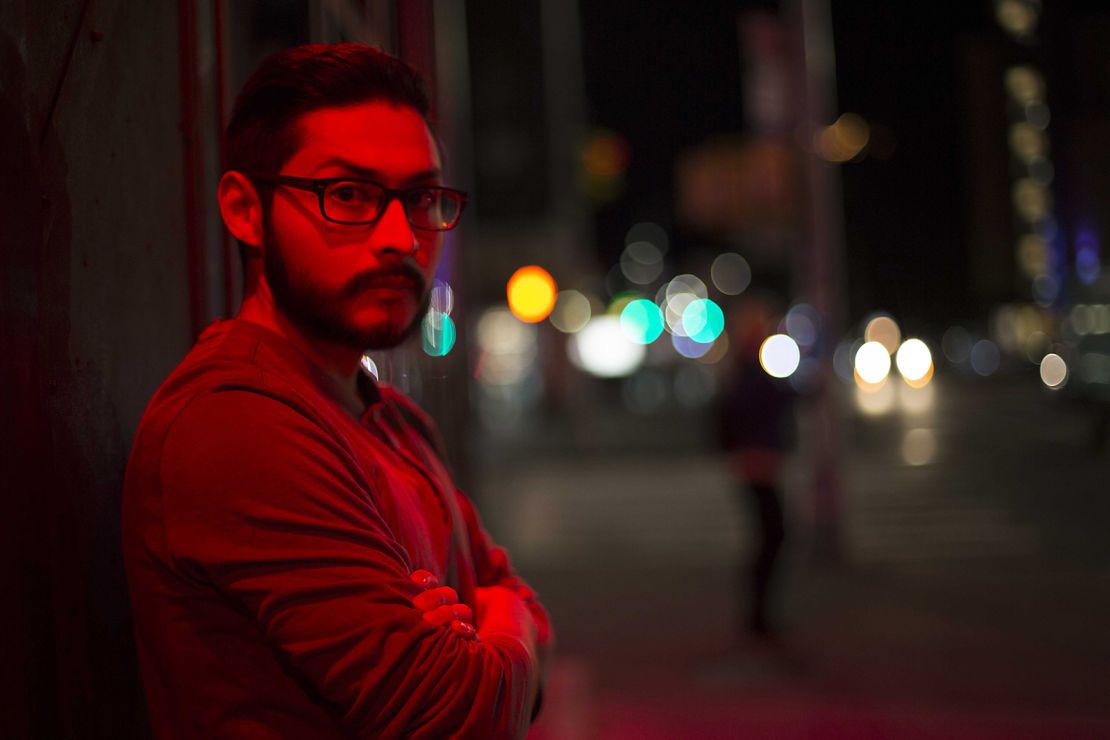
Guzman said that his work has prompted a certain amount of vitriol, though he reports that reaction has mostly been enthusiastic.
“For the most part, the reaction has been positive – from Muslims and non-Muslims alike,” he said. “I have gotten some hate mail but that only reinforces my conviction to continue working on the series.”
Guzman, himself a convert to Islam, said that interest in his work helps to draw attention to Islamic principles that are overlooked by many Americans.
“I was drawn by the social justice aspect of (Islam),” he said. “Islam is grounded in equality and freedom and it is against all forms of oppression. This perfectly aligned with my own personal values.”
Promoting tolerance
To demonstrate this, Guzman asks each of his subjects to choose a chapter from the Quran or a “hadith” (a saying or story relating to the Prophet Mohammed) to accompany their portraits.
One of those photographed, Myree, a medical assistant from California, chose Mohammad’s saying: “All mankind is from Adam and Eve, an Arab has no superiority over a non-Arab nor a non-Arab has any superiority over an Arab; also a white has no superiority over a black nor a black has any superiority over white except by piety and good action.”
Myree told Guzman that she had selected this hadith because it was “so important to me not only as a Muslim but also as an Afro-Latina”.
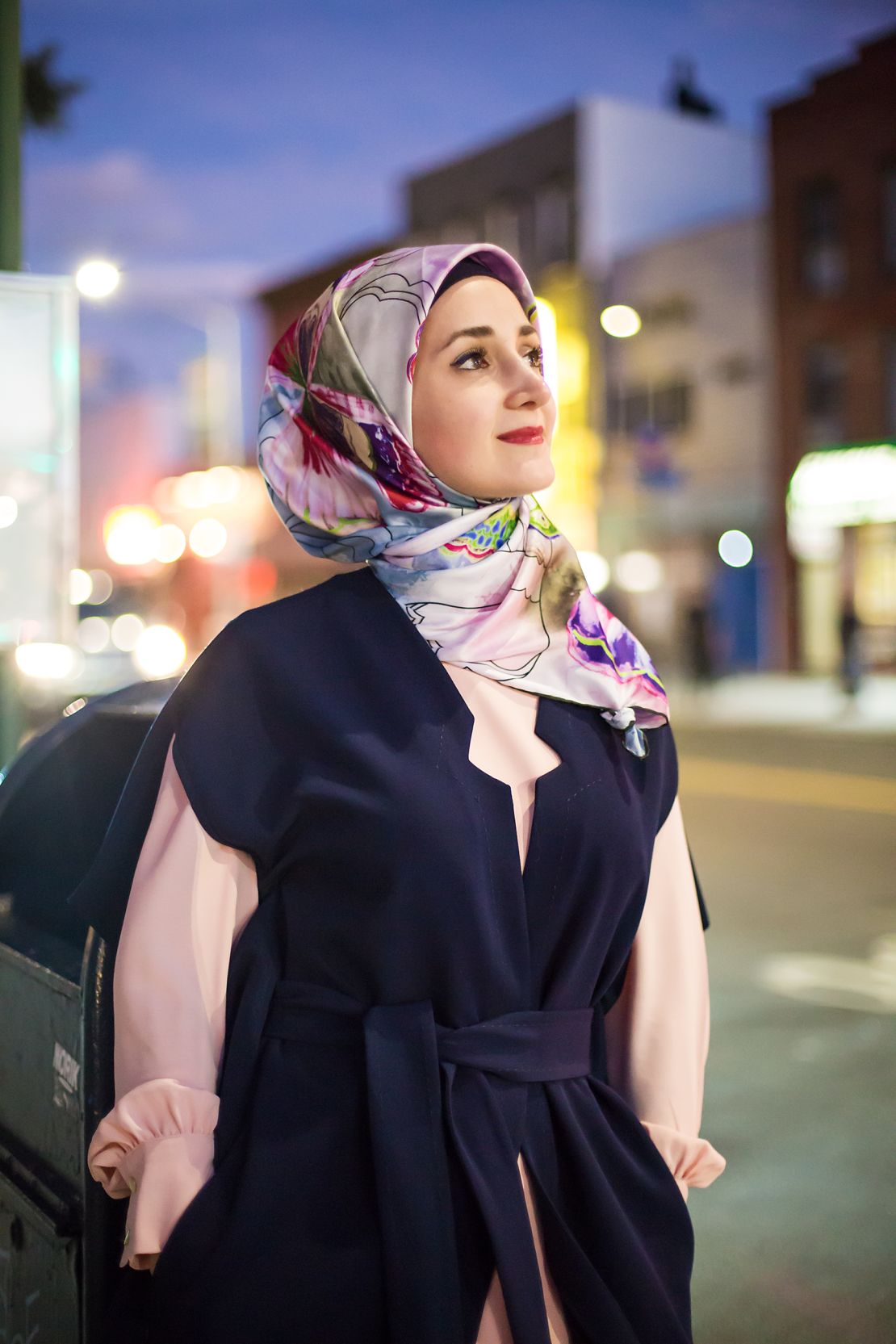
Ala, a filmmaker from Louisiana, chose the hadith: “Even if the end of time is upon you and you have a seedling in your hand, plant it!”
“This hadith has significance to me,” she told Guzman, “because it encourages us to always do our best, and never stop giving.”
Yet it is perhaps Guzman’s images that speak most powerfully.
“Photography has the power to grab people’s attention in an instant,” he said. “As a photographer, I knew that I could use this to create a thoughtful and educational body of work while being aesthetically pleasing to the eye.”
